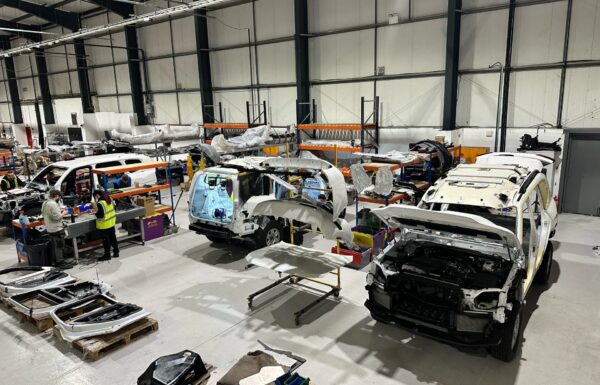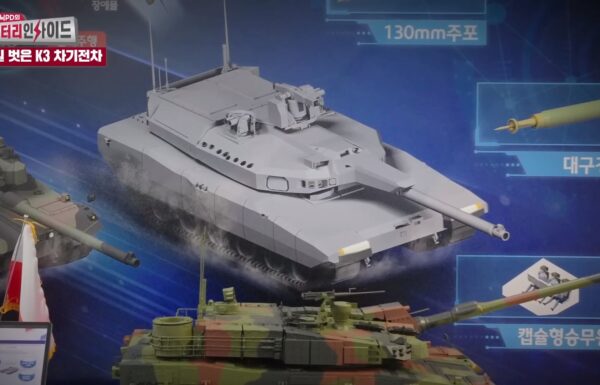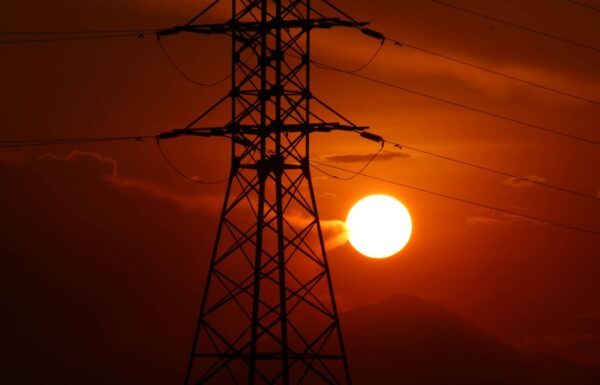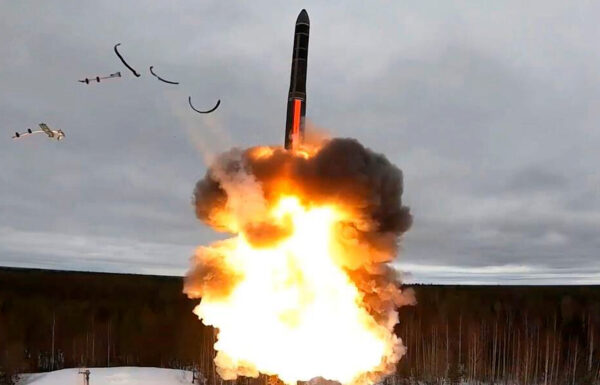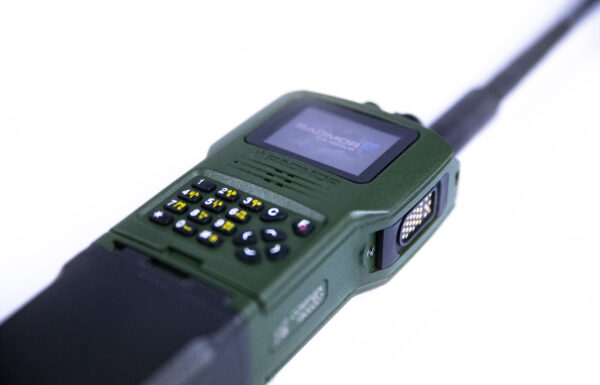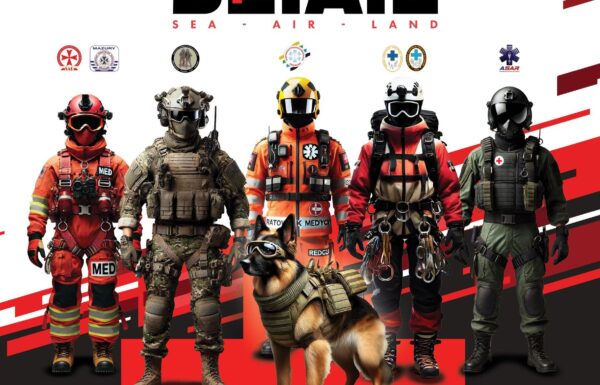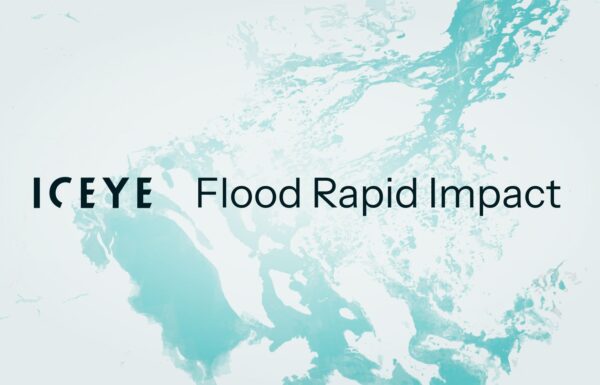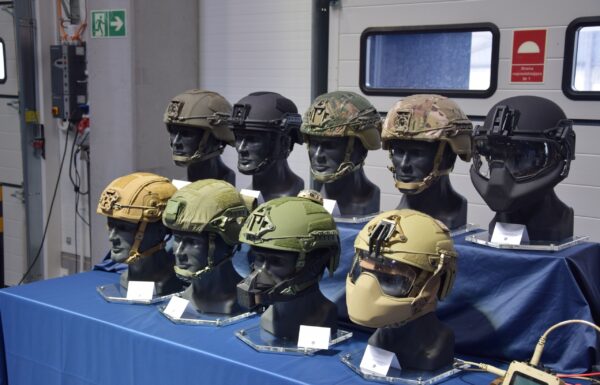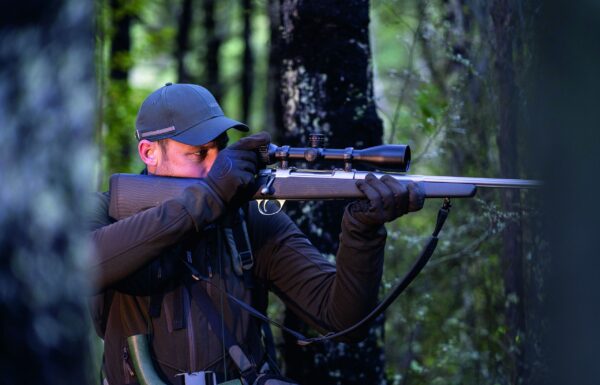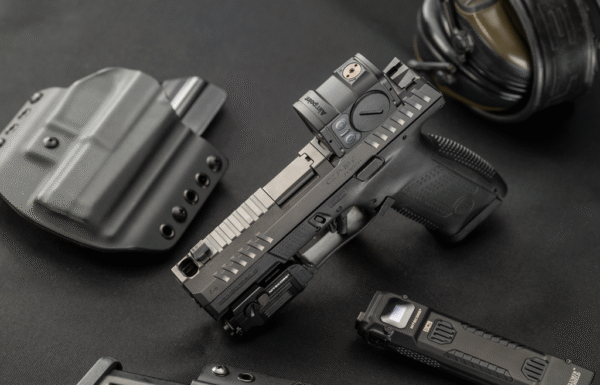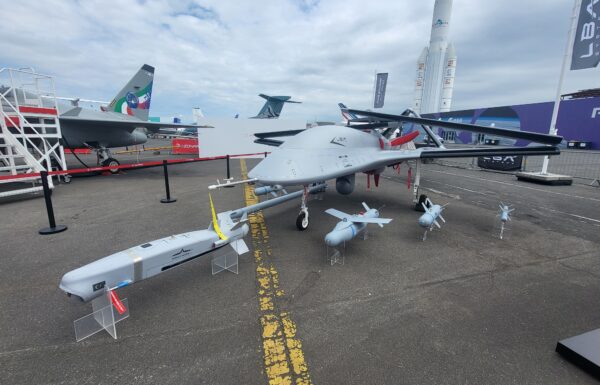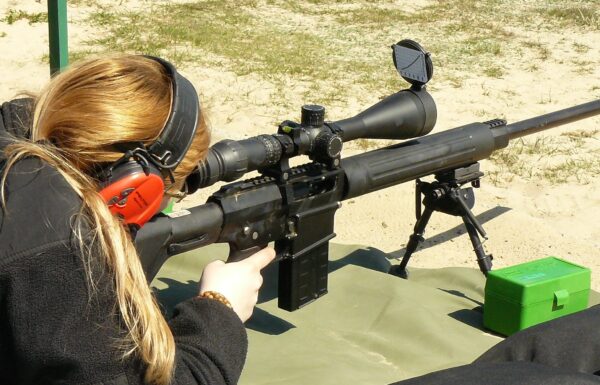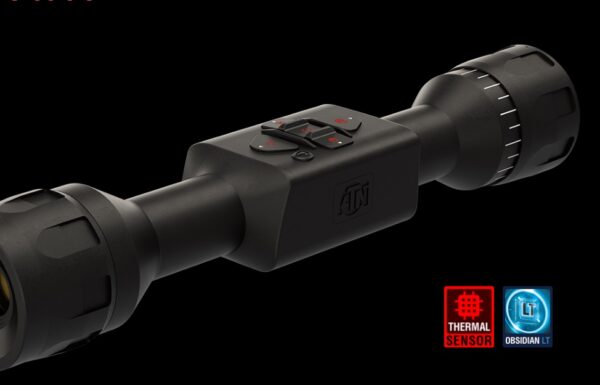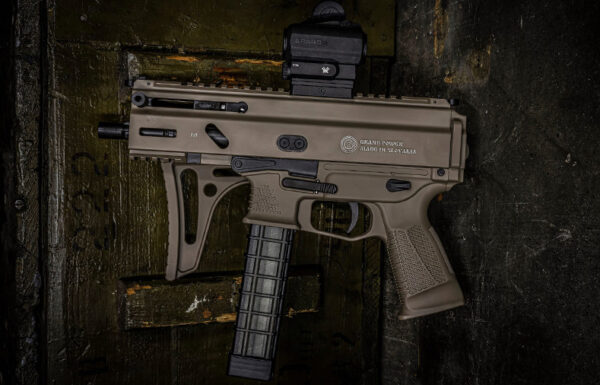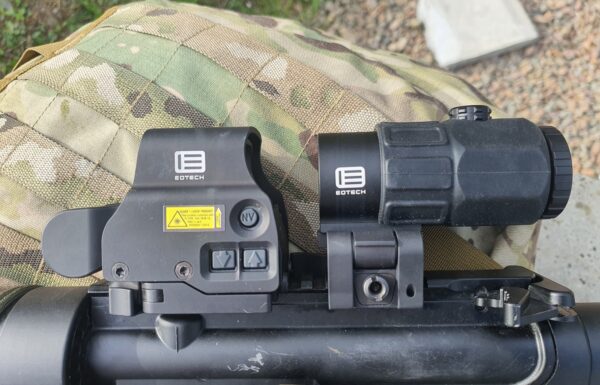On Tuesday, December 24, 2024, the South Korean daily Ilyo Shinmun was the first to report that the domestic defense industry will begin work on a next-generation KSS-IV class submarine with a displacement of 2,000 tons as early as 2028. It will serve as a successor to the older KSS-I and KSS-II class vessels in the Republic of Korea Navy (Daehan-minguk Haegun).
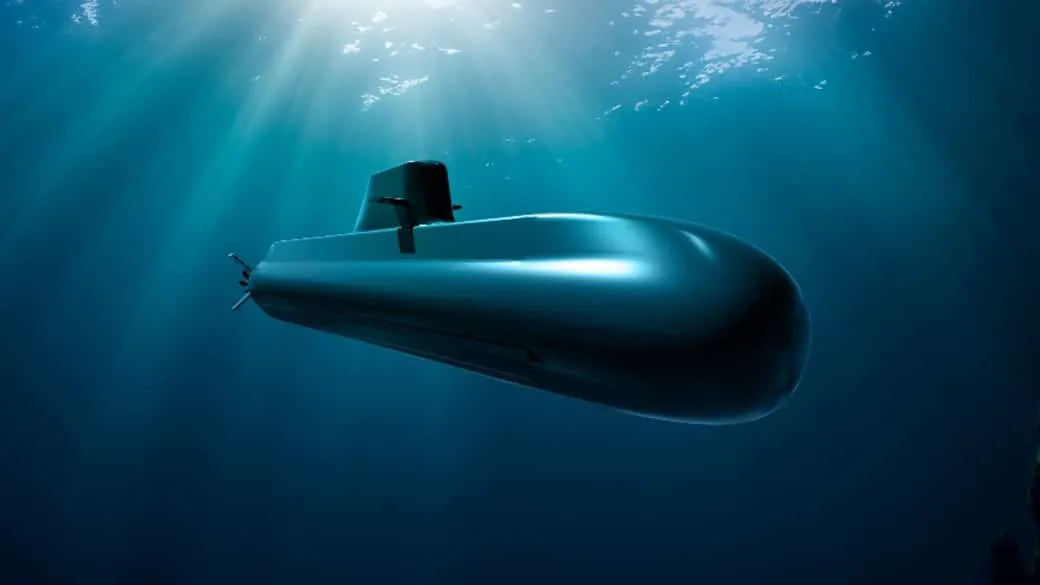 HDS-2300 / Image: HD Hyundai Heavy Industries
HDS-2300 / Image: HD Hyundai Heavy Industries
South Korea has built nine KSS-I/Jang Bogo submarines since 1987, based on the German Type 209 (offered by Howaldtswerke-Deutsche Werft, now ThyssenKrupp Marine Systems). In 2000, it selected the Type 214 submarine for a program involving nine additional KSS-II/Son Won-il class units. Since then, the KSS-I submarines have been modified, and the KSS-II class will also undergo similar upgrades starting in 2025. However, the Daehan-minguk Haegun does not plan major overhauls for the KSS-I and KSS-II, and they will be decommissioned. As a result, a successor will be required after 2030.
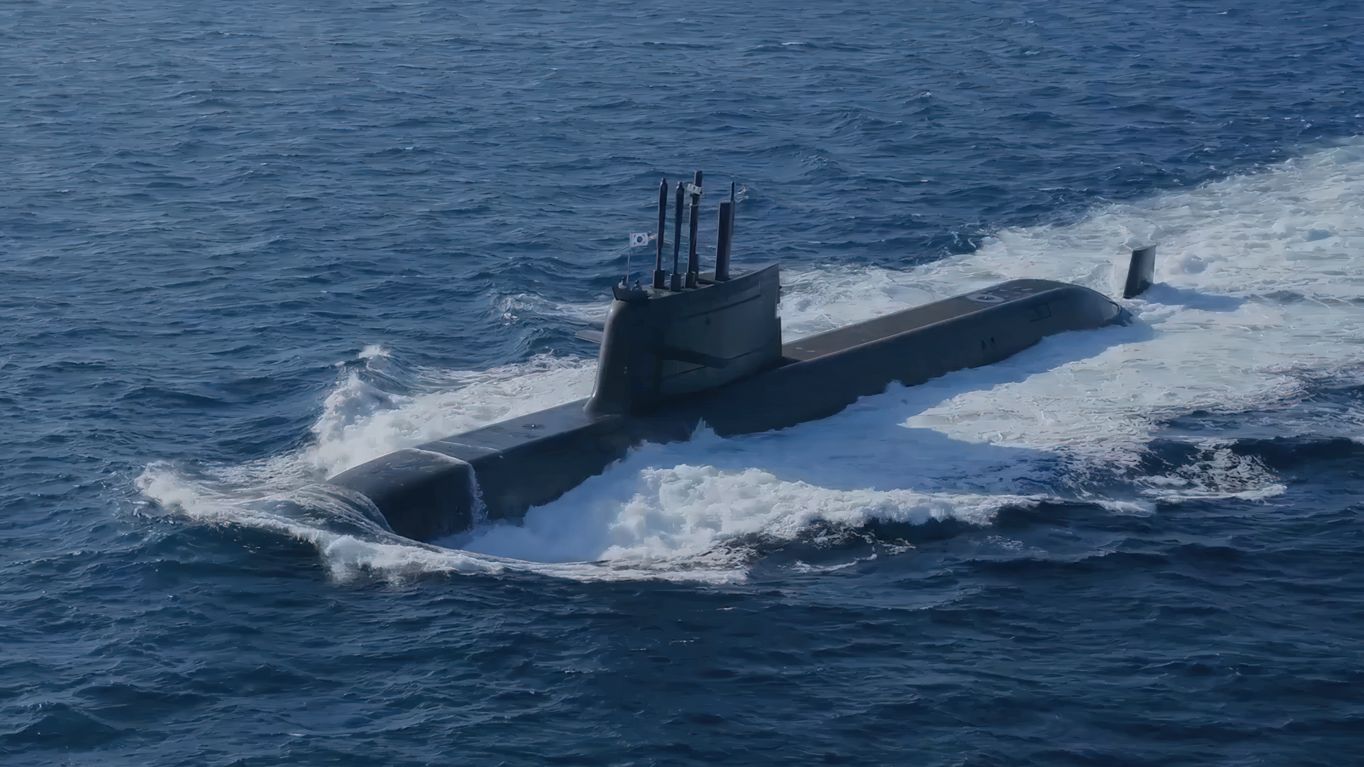 ROKS Dosan Ahn Changho (SS-083) of the KSS-III/Jangbogo 3 class / Photo: Ministry of National Defense of the Republic of Korea
ROKS Dosan Ahn Changho (SS-083) of the KSS-III/Jangbogo 3 class / Photo: Ministry of National Defense of the Republic of Korea
The first submarine designed in South Korea, the 3,300-ton ROKS Dosan Ahn Changho (SS-083) of the KSS-III/Jangbogo 3 first series (Batch I), has been in service since 2021. A total of three submarines have been delivered, including the prototype, as well as Ahn Mu (SS-085) and Shin Chae-ho (SS-086).
The second series of KSS-III (Batch II) represents a 3,600-ton class (with the first of three under construction), while the third series (Batch III) is set to represent a 4,000-ton class, showing that South Korean submarines have progressively increased in size. However, it is not surprising that the KSS-IV will represent a displacement class of only 2,000 tons.
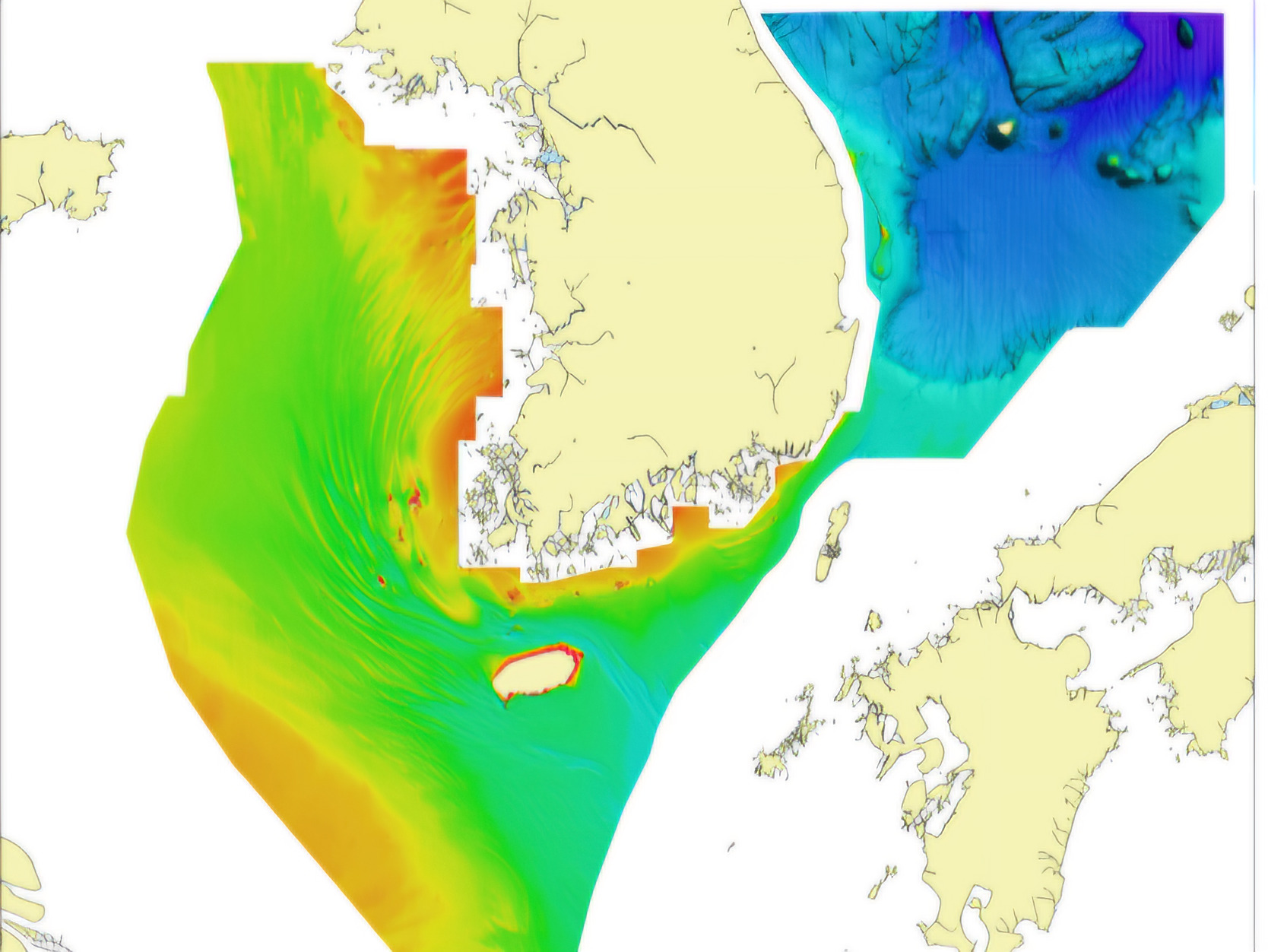 Image: National Fisheries Research and Development Institute (NIFS)
Image: National Fisheries Research and Development Institute (NIFS)
The primary reason lies in the underwater operational environment around Korea. The Korean Peninsula is surrounded by the West Sea (Yellow Sea), the South Sea, and the East Sea (Sea of Japan). Compared to the East Sea’s average depth of 1,684 meters, the Yellow Sea has a depth of only 44 meters, and the South Sea 100 meters, making both areas relatively shallow.
Submarines are organized into six operational squadrons (91st, 92nd, 93rd, 95th, 96th, and 97th), supported by the 909th training squadron, all under the Submarine Command. Most of these squadrons (except for the 93rd Squadron based in Jeju) are concentrated at the Jinhae naval base on the East Sea.
According to 2009 reports, the South Korean Navy Command effectively ruled out submarine operations in the West Sea due to challenges posed by its depth and operational environment. As a result, submarines in the 3,000-ton class and above are restricted to operations in the coastal waters of the eastern and southern parts of the Korean Peninsula.
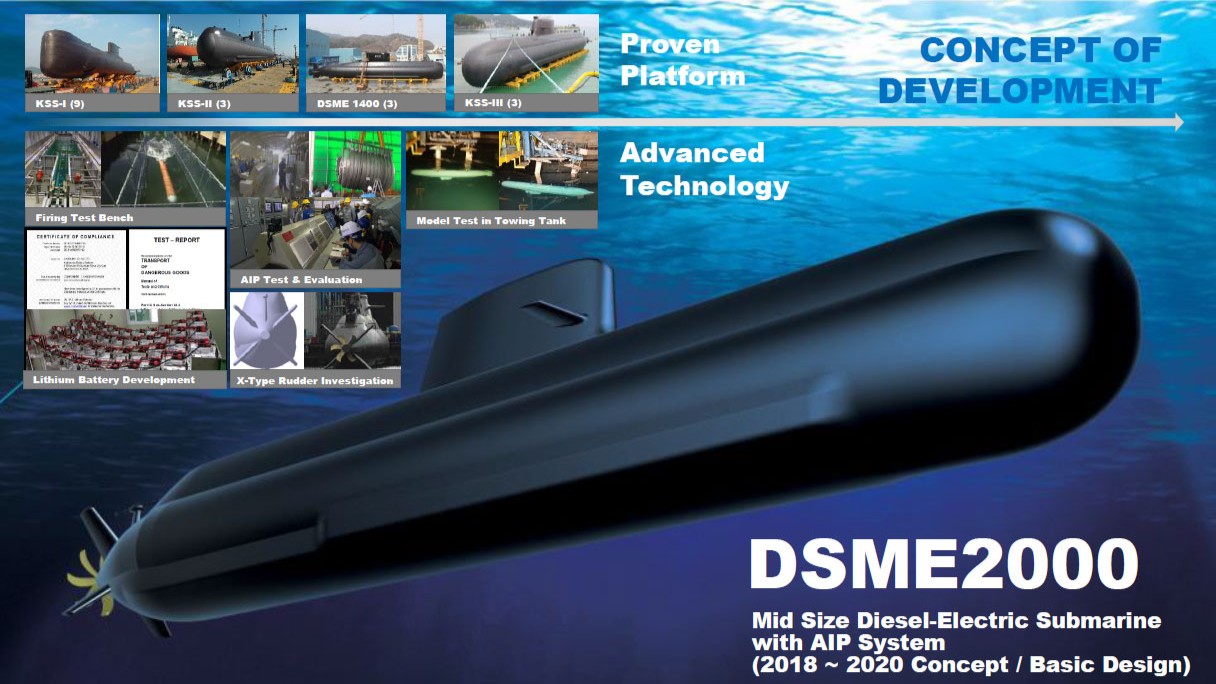 DSME 2000 (Ocean 2000) / Image: Hanwha Ocean
DSME 2000 (Ocean 2000) / Image: Hanwha Ocean
Another reason is that 2,000-ton submarines have been deemed more advantageous than 3,000-ton ones in terms of potential exports. Foreign submarines, such as the German 212CD (Common Design), the Swedish A26 Blekinge, and the French Scorpène, belong to the 2,000-ton class. Notably, the Korean shipbuilding company HD HHI (HD Hyundai Heavy Industries) has already developed the export-oriented submarine model HDS-2300, while Hanwha Ocean has developed a model called Ocean 2000 (DSME 2000). The KSS-IV could be based on these designs, allowing for relatively rapid development.
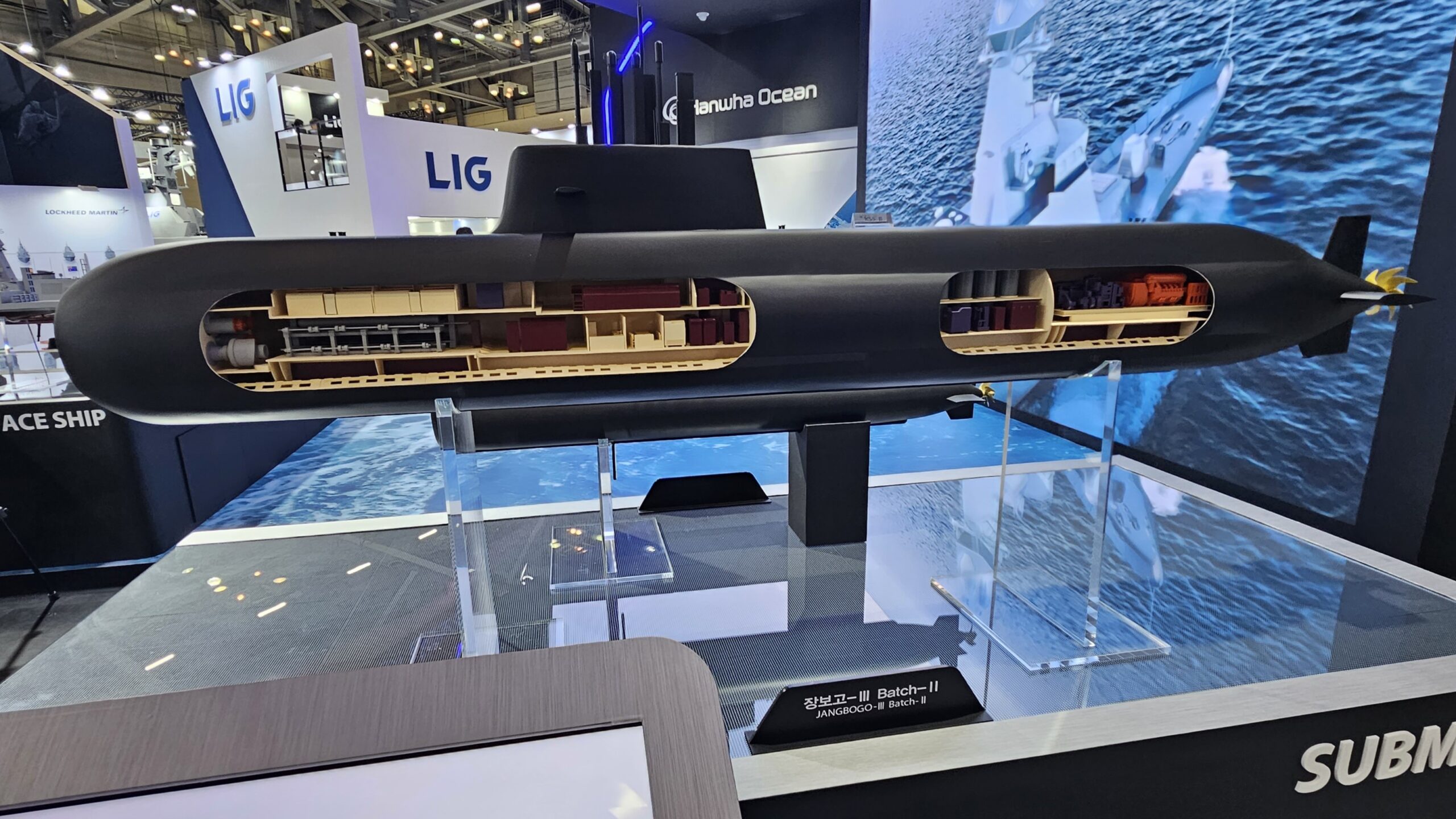 Model of the KSS-III Batch-II submarine / Photo: Hyunmin Park, MILMAG
Model of the KSS-III Batch-II submarine / Photo: Hyunmin Park, MILMAG
Among the technologies planned for the KSS-IV, next-generation fuel cells and air-independent propulsion (AIP) will be significant. It is highly likely that solid-state batteries will be installed instead of lithium-ion batteries, with companies Samsung and Bumhan independently developing them.
On December 20, 2024, Hanwha Ocean also received an order to develop next-generation fuel cells with a polymer electrolyte membrane (PEM FC) for the export-oriented KSS-III. The possibility of incorporating next-generation AIP technology is also being offered. Due to the operational environment, South Korea’s next-generation submarines may, for the first time, feature X-shaped aft rudders.
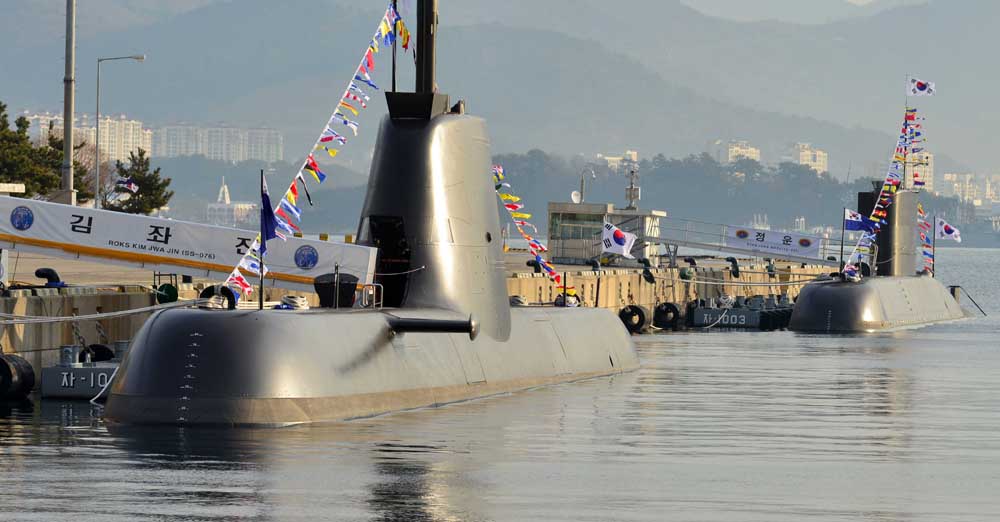 Photo: Submarine Force Command
Photo: Submarine Force Command
South Korea currently operates a total of 21 submarines of the KSS-I, KSS-II, and KSS-III classes. However, due to challenges in maintaining a fleet of over 20 units, including the planned decommissioning of KSS-I and KSS-II submarines and the anticipated departure of submarine crew members, plans are in place to introduce 9 KSS-III submarines and 9 KSS-IV submarines.


